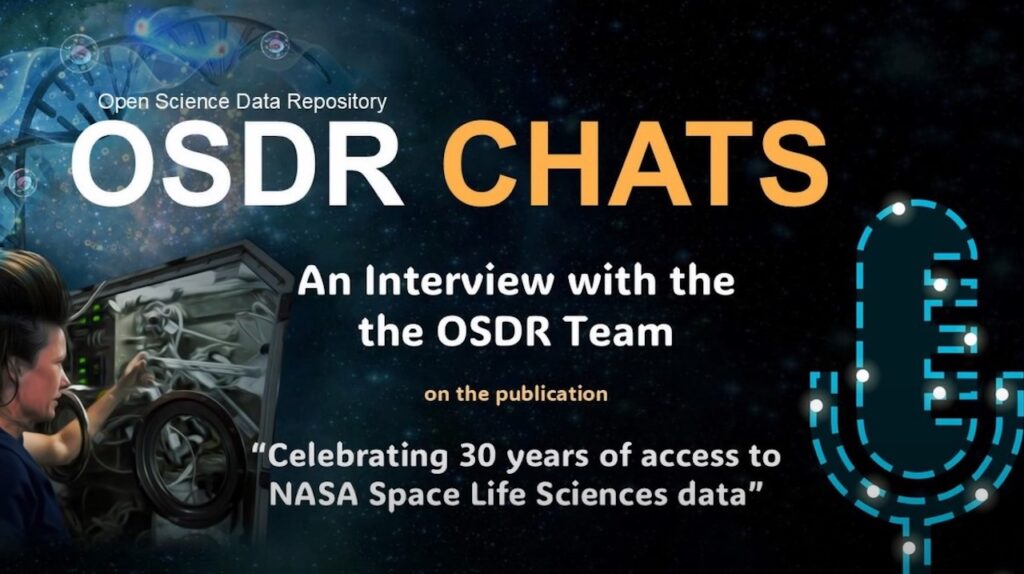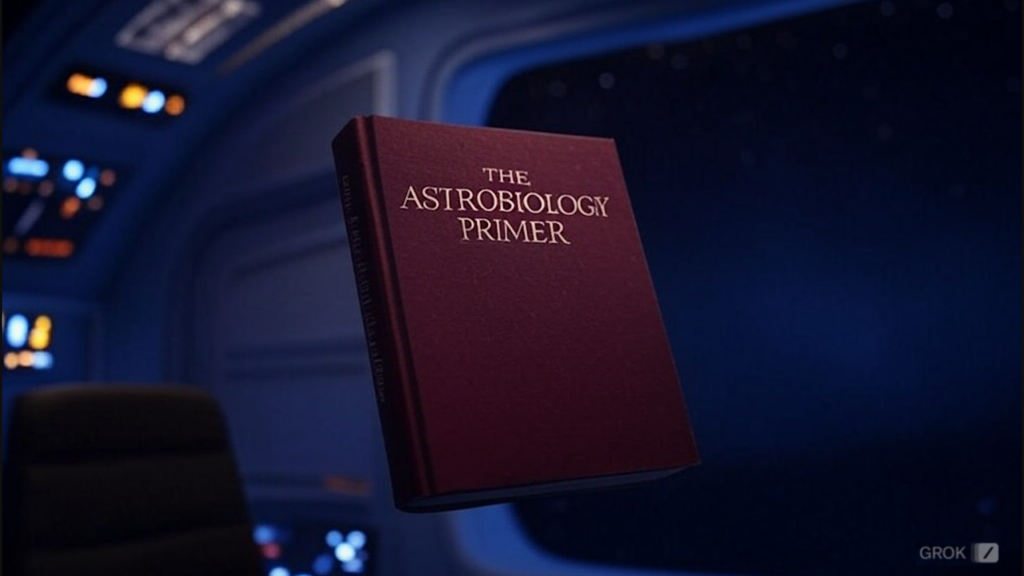The TAP Equation: Evaluating Combinatorial Innovation In Biocosmology

We investigate solutions to the TAP equation, a phenomenological implementation of the Theory of the Adjacent Possible.
Several implementations of TAP are studied, with potential applications in a range of topics including economics, social sciences, environmental change, evolutionary biological systems, and the nature of physical laws.
The generic behaviour is an extended plateau followed by a sharp explosive divergence. We find accurate analytic approximations for the blow-up time that we validate against numerical simulations, and explore the properties of the equation in the vicinity of equilibrium between innovation and extinction.
A particular variant, the two-scale TAP model, replaces the initial plateau with a phase of exponential growth, a widening of the TAP equation phenomenology that may enable it to be applied in a wider range of contexts.
Marina Cortês, Stuart A. Kauffman, Andrew R. Liddle, Lee Smolin
Comments: 8 pages, 13 figures, companion to arXiv:2204.09378 and arXiv:2204.09379 (simultaneous release) for development of field of Biocosmology. Develops mathematical formalism used in arXiv:2204.09378; v2: updating title for context
Subjects: Populations and Evolution (q-bio.PE); Cosmology and Nongalactic Astrophysics (astro-ph.CO)
Cite as: arXiv:2204.14115 [q-bio.PE] (or arXiv:2204.14115v2 [q-bio.PE] for this version)
https://doi.org/10.48550/arXiv.2204.14115
Focus to learn more
Submission history
From: Andrew R. Liddle
[v1] Sun, 24 Apr 2022 22:45:43 UTC (1,347 KB)
[v2] Wed, 4 Jan 2023 21:03:04 UTC (1,347 KB)
https://arxiv.org/abs/2204.14115
Astrobiology,








